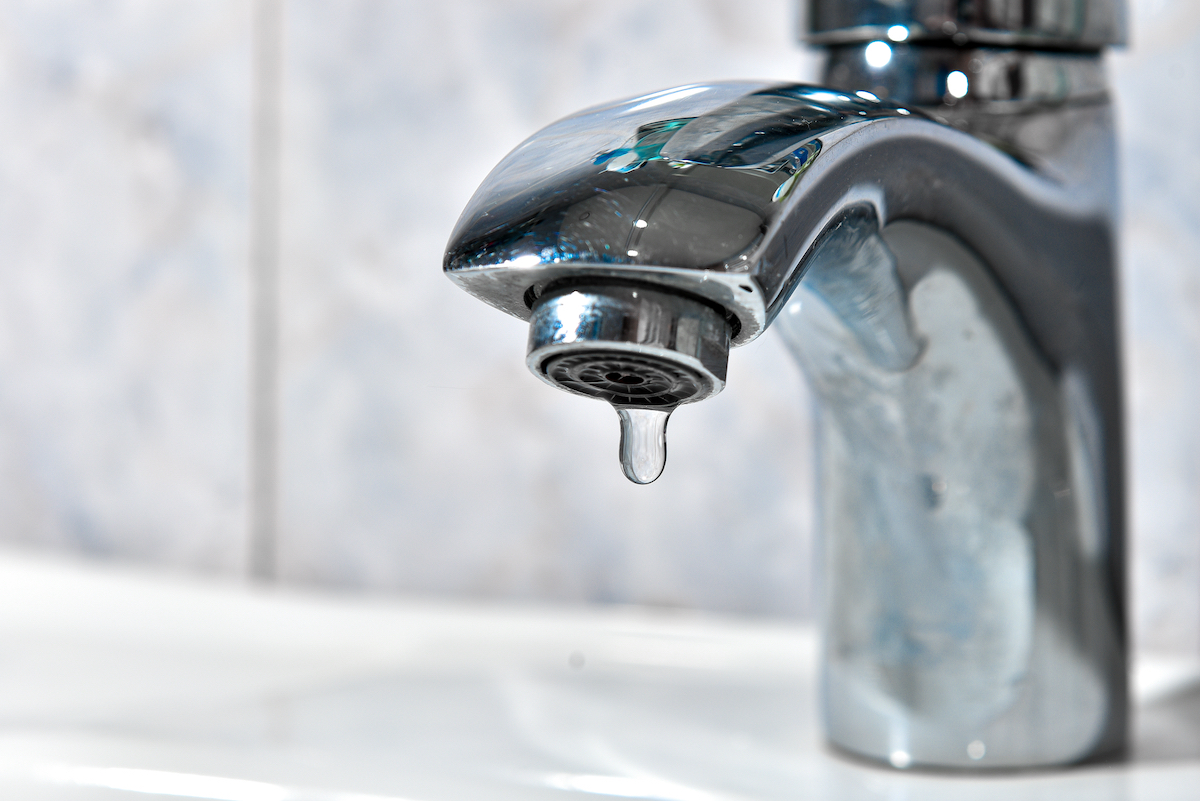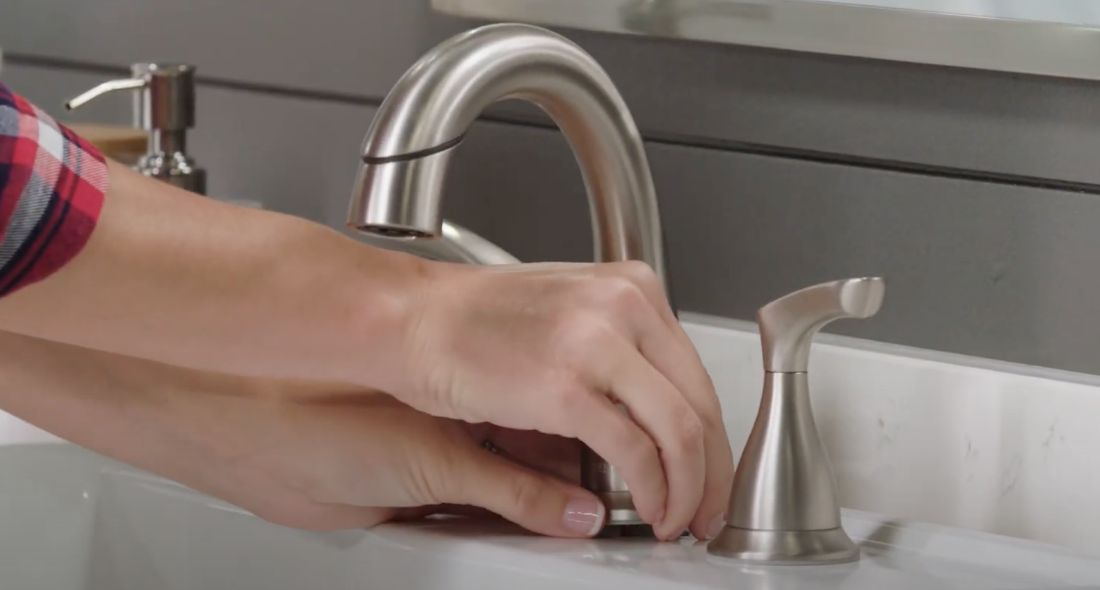My Explanations Behind Resolving a Leaking Faucet
My Explanations Behind Resolving a Leaking Faucet
Blog Article
Any individual has got their own assumption about Should I Repair or Replace a Leaky Faucet?.

Leaking taps might look like a small aggravation, however their effect exceeds simply the annoyance of the noise. From drainage to sustaining unneeded financial expenses and health threats, ignoring a leaking tap can bring about various repercussions. In this article, we'll explore why it's vital to resolve this common house concern quickly and effectively.
Waste of Water
Environmental Effect
Dripping faucets contribute significantly to water wastage. According to the Environmental Protection Agency (EPA), a solitary faucet trickling at one drip per secondly can squander more than 3,000 gallons of water each year. This not just strains water resources yet also impacts ecological communities and wild animals based on them.
Financial Costs
Increased Water Bills
Past the ecological influence, trickling taps can inflate water expenses considerably. The gathered wastefulness with time translates right into higher energy expenditures, which could have been avoided with prompt fixings.
Possible Residential Or Commercial Property Damages
Furthermore, extended trickling can cause damage to components and surface areas surrounding the faucet. Water buildup can cause staining, rust, and also structural problems if left ignored, resulting in extra repair expenses.
Health and wellness Concerns
Mold and Mildew Growth
The constant presence of moisture from a trickling faucet develops a perfect atmosphere for mold and mold growth. These fungis not only compromise indoor air high quality but likewise position health and wellness dangers, especially for people with respiratory system problems or allergies.
Waterborne Diseases
Stagnant water in leaking taps can come to be a breeding ground for microorganisms and other pathogens, enhancing the risk of waterborne diseases. Pollutants such as Legionella germs flourish in stagnant water, possibly resulting in serious illnesses when consumed or inhaled.
Do it yourself vs. Professional Fixing
Pros and Cons of DIY Repair Work
While some might attempt to fix a trickling tap themselves, do it yourself repair services come with their very own set of difficulties. Without correct expertise and devices, do it yourself attempts can aggravate the problem or lead to incomplete fixings, prolonging the problem.
Advantages of Hiring an Expert Plumber
Working with a specialist plumber makes certain that the underlying root cause of the dripping tap is addressed properly. Plumbers have the expertise and tools to diagnose and repair faucet issues effectively, conserving time and minimizing the risk of more damage.
Step-by-Step Guide to Fixing a Dripping Faucet
Tools Required
Before trying to fix a dripping faucet, collect the essential devices, consisting of an adjustable wrench, screwdrivers, replacement components (such as washers or cartridges), and plumber's tape.
Common Tap Issues and Their Solutions
Determine the kind of faucet and the certain problem triggering the drip. Typical troubles include damaged washers, corroded valve seats, or faulty O-rings. Describe maker directions or on the internet tutorials for step-by-step advice on repair work.
Preventive Measures
Routine Maintenance Tips
To avoid leaking taps, execute routine upkeep such as cleaning up aerators, inspecting for leakages, and replacing worn-out parts immediately. Furthermore, take into consideration setting up water-saving tools or updating to much more efficient components.
Value of Prompt Repairs
Resolving leaking faucets as soon as they're seen stops more water waste and potential damages, eventually saving both water and cash over time.
Impact on Property Value
Understanding of Well-Maintained Residential Property
Keeping a building in good condition, including addressing upkeep concerns like dripping taps, boosts its viewed worth and desirability among possible buyers or tenants.
Influence on Resale Value
Characteristics with properly maintained plumbing fixtures, including taps, command greater resale values in the real estate market. Attending to trickling faucets can add to a favorable impact throughout home assessments and settlements.
Ecological Duty
Individual Payment to Conservation
Taking responsibility for repairing dripping taps straightens with wider initiatives toward water conservation and environmental sustainability. Every individual's actions jointly make a substantial influence on protecting precious resources.
Lasting Living Practices
By prioritizing punctual repair services and embracing water-saving habits, people contribute to sustainable living practices that benefit both existing and future generations.
Verdict
Addressing a trickling tap exceeds simple convenience; it's a vital step towards saving water, lowering monetary costs, and safeguarding wellness and building. Whether with DIY repairs or specialist support, doing something about it to repair dripping faucets is a tiny yet impactful way to promote accountable stewardship of sources and contribute to a healthier, extra sustainable future.
How to Fix a Leaky Faucet: Step-by-Step Repair Guide
A leaky faucet may seem like a simple annoyance, but if it's not fixed promptly, that leak could cost hundreds to potentially thousands. From water damage to mold, mildew, and high water bills, even a tiny leak can be catastrophic if left unattended. Damage like this can even affect the overall value of your home, so it's important to take the right approach for leaky faucet repair. You may need the help of a plumber in some cases, but we've got a few tips you can try on how to fix a leaky faucet before calling the pros.
Four Faucet Types
When you're learning how to fix a leaky faucet, the first step is knowing what kind of faucet you're working with! There are four common types.
Cartridge Faucets
Cartridge faucets come in one- or two-handled varieties. In one-handled cartridge faucets, hot and cold water combines in a single cartridge. In the two-handled versions, hot and cold water are controlled separately and mixed in the faucet.
Ball Faucets
Ball faucets have a single lever you push up and down to adjust the pressure and rotate to change the temperature. A slotted metal ball controls the amount of water allowed into the spout.
Compression Washer Faucets
They're the oldest type of faucet, but they're still used in many homes — especially older ones. Compression faucets have two separate handles that, when turned, raise or lower the washer that seals a water valve. This valve stops water from flowing through the faucet when it is turned off.
Disc Faucets
Disc faucets rarely need to be repaired due to their maintenance-free design. The water flow is controlled by two discs — the upper one raises and lowers against a fixed lower disc, creating a watertight seal. If your disc faucet starts leaking, you may need to replace the seals or clean residue buildup from the inlets.
Fixing a Leaky Faucet
Step 1: Turn Off the Water
Whether you're learning how to fix a leaky bathtub faucet or how to fix a leaky kitchen faucet, always turn off the water supply to your working area when you're fixing a leak. The last thing you want is a flood added to your list of things to fix.
Look for the shutoff valves below your sink or around the tub and turn them clockwise to stop the water flow. If your faucet doesn't have shutoff valves, you may need to turn off the water for the whole house. Check to make sure it's off by turning the faucet on. If nothing comes out, you're ready to start the repair.
Step 2: Take Apart the Faucet
How you disassemble your faucet depends on the type of fixture you have. You can use a flathead screwdriver to remove the caps on top of the handle or handles for cartridge and compression faucets. Inside, you should see handle screws. Unscrew these with a screwdriver to remove the handle.
Disc- and ball-style faucets will typically have an inlet screw near the handle, and removing that will reveal the interior of the faucet.
Detach the Valve Stem
For cartridge- and compression-style faucets, you'll see the inner valve stem or cartridge once you remove the faucet handles. If you have a compression faucet, unscrew the brass valve stem. If you have a cartridge faucet, pull out the cartridge. If your cartridge has been in place for a while, it may require some tools or extra force to remove it due to mineral deposits.
Examine and Replace Parts
Once you've removed the parts, check them out to confirm what needs to be replaced. You may see corroded rubber washers, O-rings, stems, or cartridges. On a ball-style faucet, check the seats and springs for damage.
If you need to repair a leaky disc faucet, check the inlet and seals on the lower disc.
Once you determine what parts must be replaced, visit your local hardware store. Bring the damaged parts with you to ensure you can purchase the correct components to replace them.
Clean Valves and Faucet Cavity
If you've removed a stem or cartridge, you may notice mineral buildup in the faucet's threads. Use white vinegar to clean the valve seat by soaking it for a few minutes, then scrub it away with a soft toothbrush and rinse with warm water. You can also clean the interior of the faucet in the same way.
Reassemble the Faucet
Once your faucet is cleaned and the required parts have been replaced, it's time to reassemble it. Put the pieces back together and slowly turn the water supply back on. Doing this slowly is crucial because too much initial water pressure can damage the new hardware you've just installed.
https://homewarranty.firstam.com/blog/how-to-fix-leaky-faucet

Do you like more info about Why Is It Important To Fix Your Leaking Tap/Faucet?? Put a remark down below. We will be delighted to hear your thinking about this blog posting. We hope that you come back again later on. Sharing is good. One never knows, you may just be helping someone out. I am grateful for your time. Revisit us soon.
Report this page